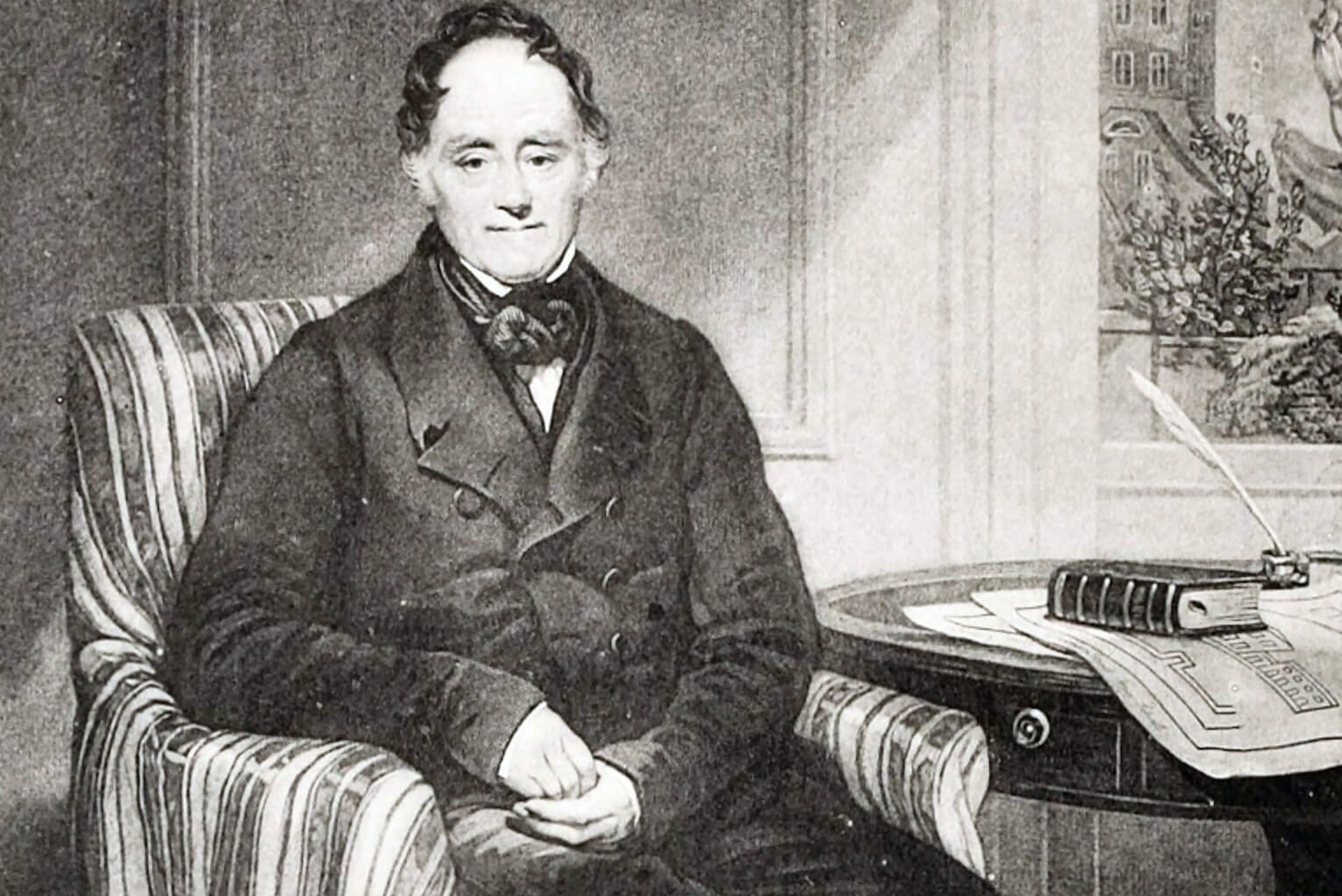Baker, Miller and Mathematician: Who is George Green?
Reading the life stories of some people will make us question our lives. One of these people will be George Green. George Green, who started school in the city where he lived at the age of eight, left school at the age of nine. Afterwards, he starts working with his father.

He earns his income from this job for most of his life. His father, who runs a bakery, later had a corn mill built.
When Green loses his father at the age of thirty-six, he takes over all the business. He wrote his first and most important article in 1828, five years before he became a student at Cambridge University. Because of this work, Green is considered today the first British mathematician who attempted to establish the mathematical theory of electricity and magnetism.
In this study of approximately seventy pages, he makes very important contributions by generalizing Poisson's results and applying Laplace's analytical methods to the subject. It introduces the concept of potential. Green's functions and the first forms of Green's theorem are included in this study.
George Green (14 July 1793 – 31 May 1841) was a British mathematical physicist who wrote An Essay on the Application of Mathematical Analysis to the Theories of Electricity and Magnetism in 1828. The essay introduced several important concepts, among them a theorem similar to the modern Green's theorem, the idea of potential functions as currently used in physics, and the concept of what are now called Green's functions. Green was the first person to create a mathematical theory of electricity and magnetism and his theory formed the foundation for the work of other scientists such as James Clerk Maxwell, William Thomson, and others. His work on potential theory ran parallel to that of Carl Friedrich Gauss.
As a result, today the work is considered the beginning of modern mathematical physics in Britain. A copy of this work, published by subscription, fell into the hands of Sir Edward Bromhead. Bromhead encourages the author to publish other works.
Bromhead, a graduate of Cambridge University and one of the founders of the Analytical Society, which later became the Cambridge Philosophical Society, also encouraged Green to take the exams at this university. Earlier, Bromhead invites Green to accompany him to his graduates' graduation meeting. Green declines the invitation by replying:
“On the 24th of June, you were kind enough to mention your trip to Cambridge to see Herschel, Babbage, and other friends of the knights of British science. "As a beginner, I do not think I have the right to go there, and if I do, I must postpone the pleasure until the days when I am a well-respected scientist."
George Green's Academic Life
He then enters the college of Gonville and Caius, passing the general examinations in Latin, Greek, and religious history, despite being much older than the normal matriculation age. He graduated from Cambridge University at the age of forty-four, ranking fourth in the order of merit in the seven-day exams.
This result gives him the right to become a lecturer. His appointment takes place two years later. Thus, Green gets a room, free food in the common cafeteria, and a scholarship. As a graduate of Cambridge University, it becomes possible to attend meetings of the Philosophical Society and present your work in person.
In conclusion;
After his death, it was Lord Kelvin who made his work heard in the scientific community. In 1986, the mill was overhauled and made operational. After that, it begins to function as a museum and science center. A library is opened in his name at the University of Nottingham. Considering Green's knowledge on this subject, including his studies, the university established the "George Green Electromagnetic Research Institute" within the faculty of engineering in 2004.
-------------------------
16 Astonishing Facts About George Green
https://facts.net/history/people/16-astonishing-facts-about-george-green/
